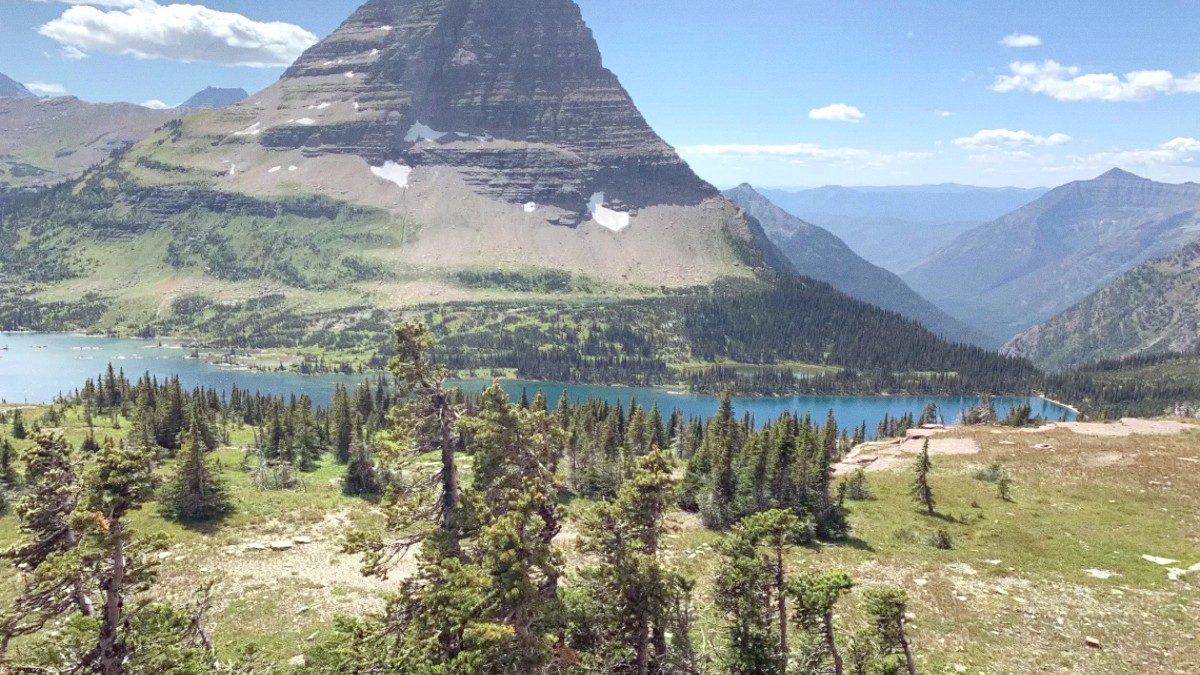
Rocky Mountains, USA
The city serves as a gateway to Yellowstone National Park, drawing adventurers and nature enthusiasts. Beyond its natural surroundings, Bozeman cultivates a dynamic atmosphere with a thriving arts scene, a growing culinary landscape, and a strong sense of community. Its friendly locals and easy pace of life invite visitors to settle in and truly experience Montana. From its historic Main Street to the expansive trails in the Bridger Mountains, Bozeman a memorable journey for every kind of explorer. Here, mountain ranges define the horizon, and the call of the wild echoes close to an inviting urban core.
The appeal of Bozeman extends beyond its scenic beauty. It's a place where history intertwines with modern progress, where the spirit of the Old West meets contemporary innovation. Visitors remark on the welcoming community and the ease of accessing outdoor activities.
This accessibility, combined with a comfortable city environment, days filled with exploration and evenings filled with relaxation and good company.
Bozeman sits within the Gallatin Valley, a picturesque basin surrounded by several mountain ranges. To the north, the Bridger Mountains define the skyline, offering dramatic peaks and popular hiking trails. The Gallatin Range lies to the south, leading towards Yellowstone National Park. The Tobacco Root Mountains are visible to the west, and the Crazy Mountains rise majestically to the east. This valley location offers both agricultural richness and easy access to high-alpine environments.
The city's elevation is approximately 4,820 feet (1,469 meters) above sea level. The Gallatin River, a world-renowned fly-fishing destination, flows just west of the city. The Yellowstone River, another major waterway, lies a short drive to the east. These rivers, along with numerous smaller streams and lakes, create abundant opportunities for water sports and angling.
The surrounding mountains create rain shadows, influencing local precipitation. They also create varied terrain for recreation, from gentle valley trails to challenging mountain ascents.
The valley itself is fertile, supporting local agriculture and contributing to the area's fresh food scene.
This combination of mountain and valley landscapes creates a diverse range of experiences for visitors. You can find yourself in a bustling downtown one moment and immersed in a silent forest the next.
Bozeman's position also makes it a natural hub for exploration of the wider Rocky Mountain region. It is strategically located near major national forests like the Gallatin National Forest, which features millions of acres for public use.
The distinct seasons also shape how the landscape looks and how visitors interact with it, from wildflower-filled meadows in summer to snow-covered peaks in winter.
The area originally featured various Native American tribes, including the Crow, Blackfeet, and Shoshone, who utilized the fertile valley and abundant wildlife. Their presence shaped the land for centuries before European settlement.
The city's modern story began in 1864 when John M. Bozeman, a pioneer and entrepreneur, established the Bozeman Trail. This trail functioned as a shortcut to the Montana goldfields, though it also led to conflicts with Native American tribes defending their ancestral lands. The trail's establishment brought a wave of settlers and entrepreneurs, laying the groundwork for a permanent settlement.
Bozeman grew as an agricultural supply center for the mining camps. Its rich soil and ample water supply rendered it a prime location for farming, earning it the nickname "The Valley of the Flowers." The arrival of the Northern Pacific Railway in 1883 further solidified Bozeman's position as a regional hub, connecting it to markets and growing its population. This period saw the construction of many of the historic buildings that line Main Street today. These structures tell a visual story of the city's early prosperity.
Throughout the 20th century, Bozeman diversified its economy. Montana State University (originally Montana Agricultural College), established in 1893, grew into a significant educational and research institution, attracting students and faculty. The university's presence supported a more educated and culturally diverse population. In recent decades, Bozeman also featured a center for technology, outdoor recreation industries, and tourism, drawing on its proximity to Yellowstone and its appeal as a lifestyle destination.
Today, Bozeman honors its past while looking to the future. Historic preservation efforts protect its charming downtown, reminding visitors of its frontier roots. The city’s evolution from a trail town to an agricultural center and now a modern hub of innovation and tourism showcases its adaptability and enduring appeal.
Bozeman has a comprehensive experience for travelers.
Bozeman has experienced rapid growth, with a population now exceeding 50,000 within the city limits and over 100,000 in the greater Gallatin County area. Despite this growth, it retains a friendly, community-oriented atmosphere. The vibe is a mix of outdoor enthusiasts, university students, and professionals, all drawn to the quality of life and natural surroundings. You will find a relaxed, casual approach to daily life here.
Bozeman is a gateway to endless outdoor activities.
Bozeman experiences four distinct seasons.
Bozeman draws interest to a diverse range of travelers.
Bozeman Yellowstone International Airport (BZN) features direct flights to many major U.S. Cities. Once in Bozeman, a rental car grants the most flexibility for exploring the wider region, though downtown is walkable and a free bus system covers parts of the city.
The city's dining scene displays a blend of traditional Montana fare (bison, elk, trout) with modern American and international influences. Craft breweries and distilleries form a prominent feature of the local food and drink landscape. Local and seasonal ingredients are often prioritized in the best restaurants.